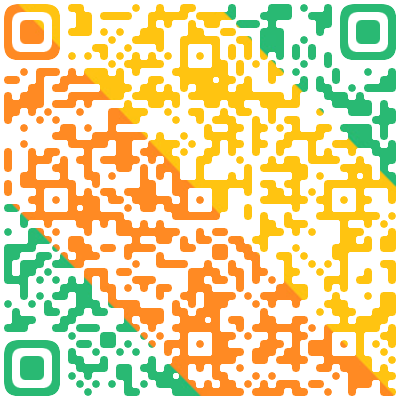Western juries have traditionally found eyewitness testimony to be the most convincing evidence in criminal trials. Seeing is believing, as the saying goes. In numerous cases, when witnesses pointed to the defendant, his or her fate was sealed. But how reliable is eyewitness testimony? Recent cases have suggested that despite our best intentions, we may unwittingly distort what we perceive.
Artists and psychologists have long known that "seeing" is not a simple matter of recording visual input. People perceive the exterior world through a complex matrix of cultural expectations, personality traits, moods and life experiences. For example, researchers tested the cultural influence on perception by showing a set of optical illusions to various groups, and found that different groups responded in divergent ways. Accustomed to and inundated by perpendicular structures, Western Europeans succumbed easily to illusions based on rectangular lines. On the other hand, the Zulu people of South Africa, whose environment had been comprised almost entirely of circular forms (round houses, doors, etc.) did not fall prey to those linear illusions.
Cultural expectations also influence the selectivity of our seeing. The amount of visual information that exists far exceeds our ability to process it, so we must filter that sensory input into recognizable images. In looking at a face, we do not see elongated ovals set in complex shadows and shading, we see eyes. And that filtering process is informed by what we perceive to be significant, which is influenced by cultural norms. Some cultures may emphasize differences in hair color or texture, others the shape of a nose or mouth, others the set of the eyes.
But it is not only group expectations that color what we see, personality and mood fluctuation can also alter our perceptions. Orderly minds who shun ambiguity will see an off- center image as firmly fixed in the center. The same photograph of four young men allows for shifting interpretations based on our current feeling: a mood of happiness reveals boys enjoying a relaxing day, while anxiety changes the picture to students worrying about exams.
In addition, numerous more prosaic factors affect our ability to record an image accurately. Duration of the encounter, proximity to the subject, lighting, and angle all affect our ability to see, and even stress may further undermine the accuracy of our perceptions.
What will this mean for criminal trials? Juries have often been reluctant to convict without eyewitness identification. Blood samples, fingerprints, and the like do not resonate as deeply with juries as does direct testimony, and frequently require understanding of complex scientific technicalities. But as confidence in eyewitness testimony wanes, such circumstantial evidence may someday replace visual identification as the lynchpin of criminal trials.
Artists and psychologists have long known that "seeing" is not a simple matter of recording visual input. People perceive the exterior world through a complex matrix of cultural expectations, personality traits, moods and life experiences. For example, researchers tested the cultural influence on perception by showing a set of optical illusions to various groups, and found that different groups responded in divergent ways. Accustomed to and inundated by perpendicular structures, Western Europeans succumbed easily to illusions based on rectangular lines. On the other hand, the Zulu people of South Africa, whose environment had been comprised almost entirely of circular forms (round houses, doors, etc.) did not fall prey to those linear illusions.
Cultural expectations also influence the selectivity of our seeing. The amount of visual information that exists far exceeds our ability to process it, so we must filter that sensory input into recognizable images. In looking at a face, we do not see elongated ovals set in complex shadows and shading, we see eyes. And that filtering process is informed by what we perceive to be significant, which is influenced by cultural norms. Some cultures may emphasize differences in hair color or texture, others the shape of a nose or mouth, others the set of the eyes.
But it is not only group expectations that color what we see, personality and mood fluctuation can also alter our perceptions. Orderly minds who shun ambiguity will see an off- center image as firmly fixed in the center. The same photograph of four young men allows for shifting interpretations based on our current feeling: a mood of happiness reveals boys enjoying a relaxing day, while anxiety changes the picture to students worrying about exams.
In addition, numerous more prosaic factors affect our ability to record an image accurately. Duration of the encounter, proximity to the subject, lighting, and angle all affect our ability to see, and even stress may further undermine the accuracy of our perceptions.
What will this mean for criminal trials? Juries have often been reluctant to convict without eyewitness identification. Blood samples, fingerprints, and the like do not resonate as deeply with juries as does direct testimony, and frequently require understanding of complex scientific technicalities. But as confidence in eyewitness testimony wanes, such circumstantial evidence may someday replace visual identification as the lynchpin of criminal trials.
The topic sentence of Paragraph 3 is () .
A. at the beginning of this paragraph
B. at the end of this paragraph
C. in the middle of this paragraph
D. Both A and B
查看答案
相关试题
换一换


热门试题



 使用微信扫一扫登录
使用微信扫一扫登录